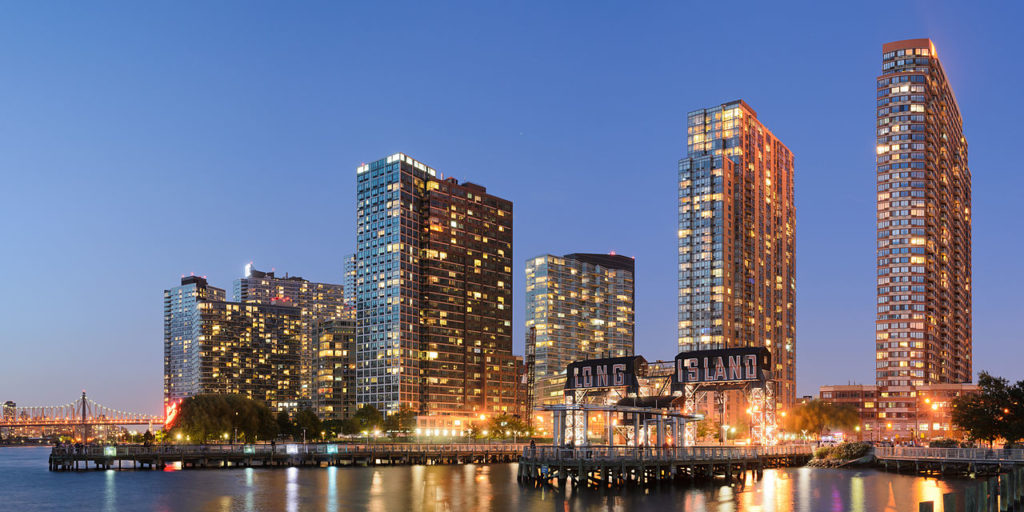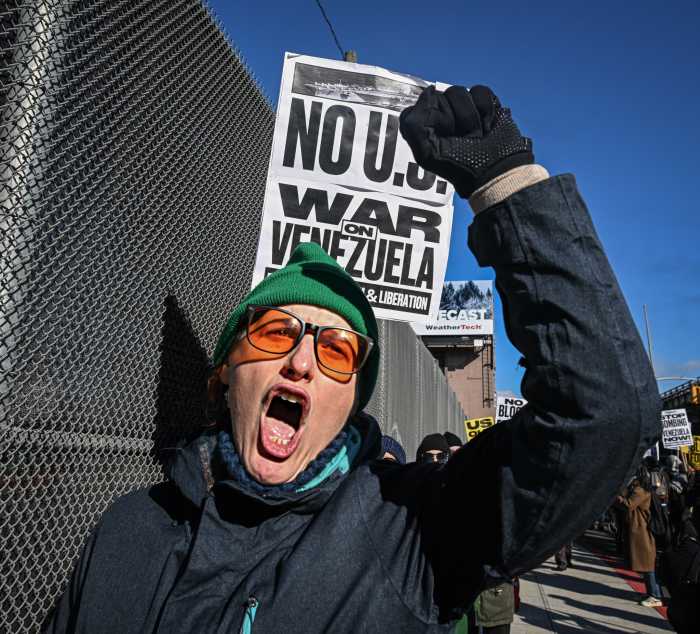
As of press time, Amazon announced it is rescinding its decision to build what was being dubbed Amazon HQ2. Back in 2017, when Amazon announced it was building a new headquarters to complement its existing Seattle home base and that they were going to spend $5 billion in construction costs and employ roughly 50,000 workers, a bidding frenzy ensued. When the dust settled, the multinational tech behemoth decided on splitting the difference between Long Island City and Crystal City in Arlington, VA. Plans for the latter municipality are going ahead as planned.
While Governor Andrew Cuomo and Mayor Bill DeBlasio found themselves in a rare instance of agreement on an issue, a number of local Queens legislators and residents were up in arms regarding the perks Amazon would have received had this deal gone through. Among them were $505 million in “capital grants” (in essence, the paying back of the company’s construction costs if it reached the goal of 40,000 new jobs—or $325 million if they hit the lower 25,000-job threshold), a company helipad and $1.2 billion in “Excelsior tax credits”—flat-out subsidies underwriting employees’ salaries. If 25,000 jobs came to the area in the next decade, Amazon would have pocketed all that cash. New jobs were rumored to average an annual salary of $150,000, with details about where these workers would hail from being rather sketchy. Also not addressed was the potential for skyrocketing housing prices.
According to Seattle-based Zillow, median housing prices in the city shot up 84.6 percent over the last seven years, while rents over roughly the same period soared 47.2 percent in the city. Cuomo correctly predicted that Amazon might pull out of the deal given the pushback. While the governor’s view was that concerns of housing prices getting jacked up in the name of corporate welfare was pandering to Queens residents, it was obviously a real concern. Had elected officials mentioned either the state or the city raising the possibility of enticing developers to construct middle income housing a la Penn South, Electchester or the Mitchell-Lama housing program, opposition might not have been so strident. The reality is that a number of opponents saw the possibility of gentrification’s tentacles extending from its current role of strangling Manhattan and doing the same to this part of Queens.
Only time will tell whether this winds up being a fatal economic decision or a temporary stopgap in preventing northwest Queens from being transformed into a playground for the white and wealthy.
—Dave Gil de Rubio
Agree? Disagree? We’d love to hear from you! Send a letter to the editor to kdijkstra@antonmediagroup.com.


































